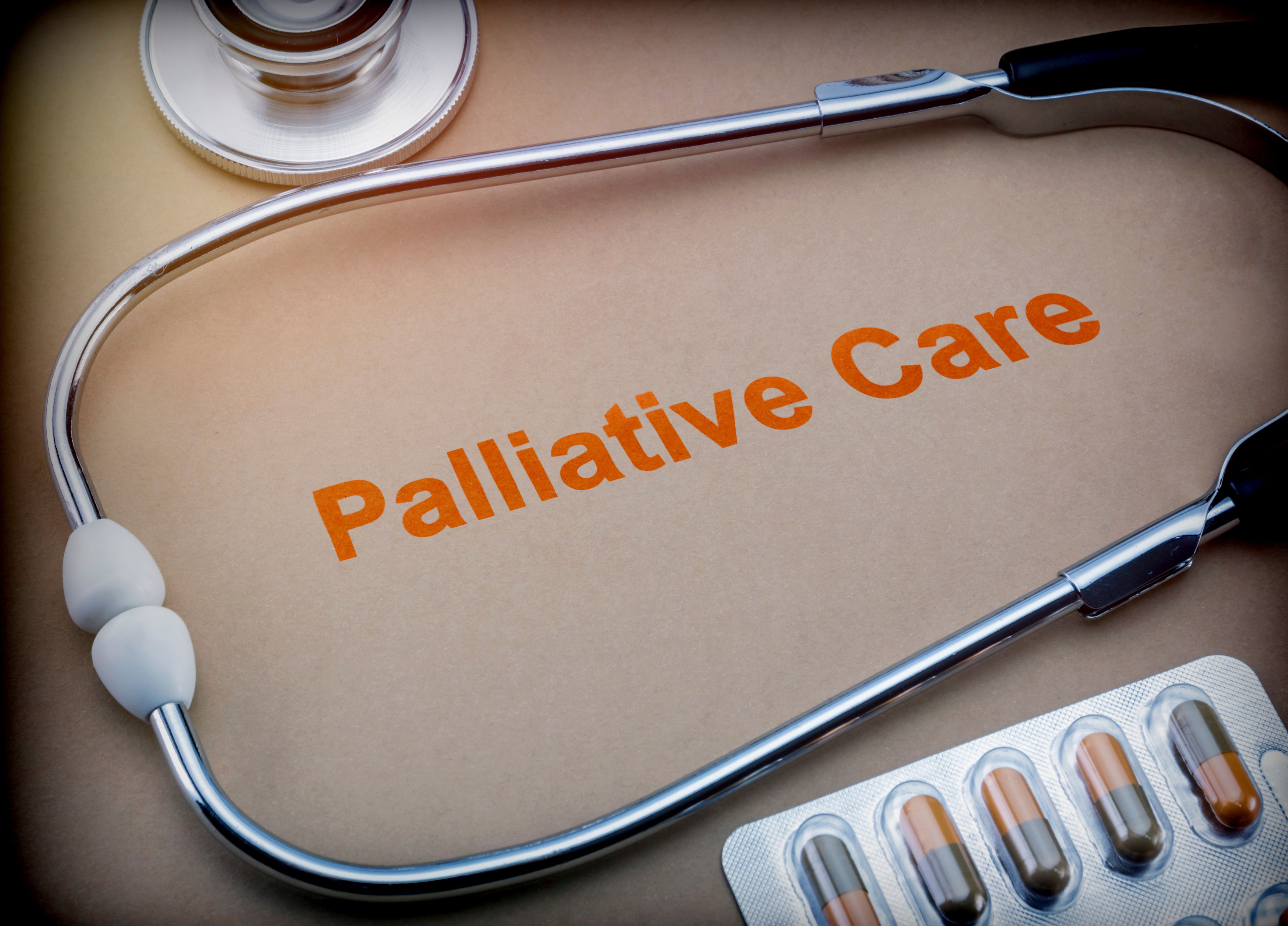Publication
Article
CURE
GERD: An Increasing Problem
Author(s):
Gastroesophageal reflux disease (GERD) is a minor discomfort to many, but it can also be a painful precursor to a type of esophageal cancer.
Gastroesophageal reflux disease (GERD) is a minor discomfort to many, but it can also be a painful precursor to a type of esophageal cancer. Many patients with esophageal cancer, primarily adenocarcinoma, have symptoms of GERD.
The disease is caused when the muscle that prevents stomach acid from flowing into the esophagus either becomes weak or does not function properly. The stomach’s acid can cause pain and damage to the lining in the esophagus. In some patients, the lining of the esophagus may be replaced by abnormal cells due to continuous acid reflux, also called Barrett’s esophagus, a condition that has been linked to esophageal cancer. Researchers are currently trying to determine if preventing GERD, either through surgery or medication, would reduce this type of cancer.
The most frequent symptom cited for GERD is heartburn, an ailment that affects nearly half of all Americans at least once a month. While occasional heartburn can be a nuisance, patients with GERD can suffer from heartburn twice or more a week in addition to coughing, hoarseness, painful swallowing, and ulcers in the esophagus.
GERD is becoming increasingly common in developed countries and may be linked to fatty foods, caffeine intake, nicotine use, and obesity. In addition to addressing these risk factors, other suggestions include raising your head at least 6 to 8 inches when sleeping and avoiding lying down at least three hours after eating.
Hiatal hernia, where a part of the stomach protrudes from the diaphragm into the chest, may also cause GERD. Occurring in a large majority of patients with GERD, the hernia can weaken the muscle that prevents reflux. Surgery can correct the hernia, leading to less acid reflux.
Many drugs are on the market that may help decrease GERD symptoms. Various medications include antacids such as TUMS and Rolaids, and foaming agents like Gaviscon. Popular drugs that have become available over-the-counter include H2 blockers, such as Zantac (ranitidine), Pepcid (famotidine), and Tagamet (cimetidine), as well as proton pump inhibitors that include Prilosec (omeprazole), Nexium (esomeprazole), and Prevacid (lansoprazole).
Another type of medication, prokinetics, actually strengthens the sphincter muscle in the esophagus and helps the stomach to empty faster. But this group of prescription medication carries with it negative side effects, such as nausea, diarrhea, headache, and stomach pain. Reglan (metoclopramide) is an older medicine of this type that was used to increase gastric motility and decrease heartburn. These drugs may be used in combination, but a physician should be consulted to determine the best regimen for a particular patient.
If these solutions do not work, surgery may be inevitable. Fundoplication is an extensive surgery that corrects the valve of the stomach. In the procedure, the upper portion of the stomach, the fundus, is wrapped and sutured around the esophagus to create a type of collar. With the collar in place, acid and other stomach contents are prevented from coming back into the esophagus. It also increases pressure at the lower end of the esophagus, reducing reflux.
The procedure usually requires a two- to three-day hospital stay and a fluid or soft-food diet for two weeks. Discomfort may last up to four weeks due to bloating, soreness, and swelling, but it can be treated with pain medication. If the procedure is done laparoscopically, where small punctures are made, rather than in open surgery, recovery is faster and less painful.






